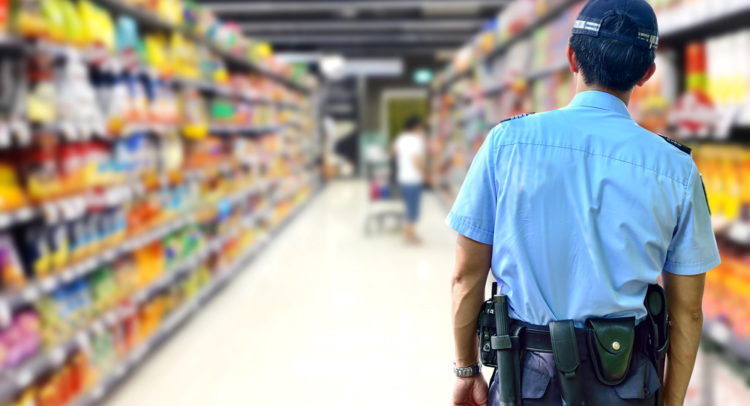The COVID-19 pandemic has seriously damaged socio-economic conditions worldwide. Closure of businesses, loss of jobs, loneliness, and psychological and financial stress have all taken a toll on people’s thought processes and behavioral patterns. Adding to that, the record-high inflation rates witnessed in 2022 have aggravated society’s already bitter condition.
All these factors have led to a sharp rise in crime rates in the U.S., both in the cities and rural areas. Supermarkets, grocers, restaurants, and food chains are particularly facing the brunt of this spike owing to shoplifting, drug use, racism, and violent robbery cases encountered in stores.
Cities including Seattle, Los Angeles, Chicago, and New York are facing the most surge in shootings and hate crimes driven by the pandemic-triggered stress, easy availability of weapons, and increased usage of alcohol and drugs.
Store managers are having to deal with an accelerating number of issues related to armed robberies and violence in stores. As per the Federal Bureau of Investigation (FBI) data, aggravated assaults in restaurants have spiked by 60% between 2018 and 2020, and those in grocery stores have risen by 73% during the same period. It’s a double whammy for retailers, who are spending more on security issues and also losing money due to stolen items.
These Companies Face the Wrath of Rising Crime
Recently, coffee chain Starbucks Corporation (SBUX) said that it was shutting down 16 U.S. stores due to safety concerns for its employees. Similarly, food chain Noodles & Co. (NDLS) has witnessed a spike in drug usage in bathrooms in certain markets and is training employees on how to tackle the situation.
Even supermarket chain Kroger (KR) pointed to organized theft as one of the factors affecting its margins for the first time last year. Burger chains McDonald’s (MCD) and Burger King have reported an increased number of crimes in parking lots and loitering, which is a safety concern for employees, especially at night, forcing them to reduce the number of working hours.
How Are Stores Dealing with the Surge in Crime?
The aforementioned companies are spending more on employing additional security personnel, cutting down store operation hours, and even shutting down stores completely to combat the increasing crime. At the crux of the issue is the safety of employees, who sometimes become victims of violent crimes. Companies are even undertaking enhanced training programs for employees to help them deal with such situations with prudence and avoid conflicts.
According to a WSJ report, a national online survey by food-service research firm Lisa W. Miller & Associates LLC. showed that the fear of being in public places had increased to 44% (out of 1,005 adults) this month from 39% in March. People are scared to go out in public because of bad behavior and rising violence.
There has been a rise in the number of homeless people sitting outside of grocery and convenience stores. Even organized shoplifting of general merchandise and over-the-counter medicines has risen lately. In response, retailers are setting up fewer items on the front row of shelves and even changing the layout of stores to skirt the issue.
Ending Thoughts
As consumers face the rising pressures of inflation, restaurants and food service companies may witness a slowdown and softening demand in their second-quarter results. Analysts across the Street have lowered their expectations from the sector and are revising their estimates for the second half of 2022 to drizzle down the effect of a recession. With the already suppressed sales and margins, restaurants, grocers, and supermarkets are likely to have a bludgeoning impact from the rising crimes and related losses.
















